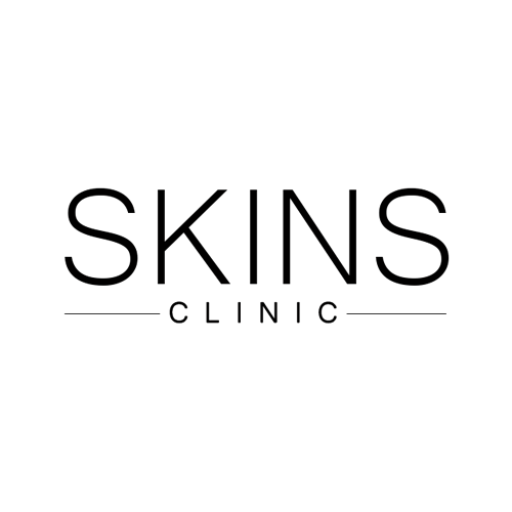
Medical micropigmentation, also known as medical tattooing, involves carefully applying specialized pigment to the skin where color is missing due to injury or trauma, a birth defect, post-surgery, or as an alternative to surgery.
In particular, medical micropigmentation involves areola and vitiligo conditions, nipple restoration, creating an incredibly realistic 3D nipple and areola, and scar, burn, and graft skin camouflaging and needling—preparing and putting color back into scarred and burned skin and skin with trauma.
In some cases, medical micropigmentation could also involve improving the texture of the skin through meso-skin needling, also known as micro-needling or skin needling, where small needles cause tiny punctures in the skin to create a wound healing response and renew the skin cells.
Post procedure
As you’re healing from the tattoo, you’ll also experience discomfort. If you had a big piece designed or one that required a lot of repeated passovers, you can expect some inflammation at the site.
You’ll also likely experience irritation after the tattooing and as it heals. Many people describe this as similar to a mild to moderate feeling of sunburn.
Expect the tattoo to itch as it heals. Your skin will scab and dry out as it’s mending itself. This itching is a reaction to the skin repairing after the trauma.
Specific instructions will be given according to the treated area, as it differs from (depigmented or hyperpigmented areas) to scars.
- Medical micropigmentation, also known as medical tattooing at Skins Clinic


